In the News
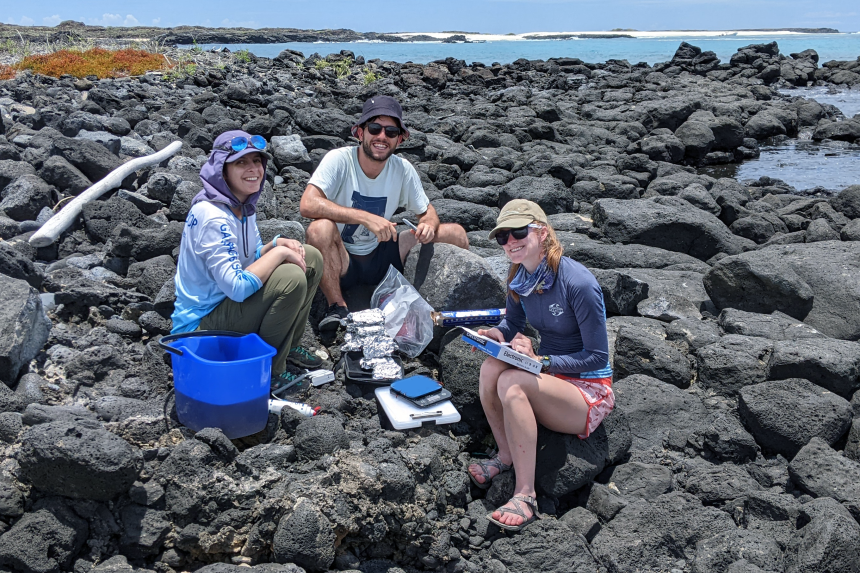
June 24, 2022
The equatorial sun is fierce and radiates off the field of lava rocks that make up the rugged shoreline. My co-investigators and I are swiftly processing twenty Sally Lightfoot crabs that were collected from the nearby rocks. For each crab we individually identify them, measure dimensions, obtain a body weight, perform a physical exam, and count a heart rate to assess their health....
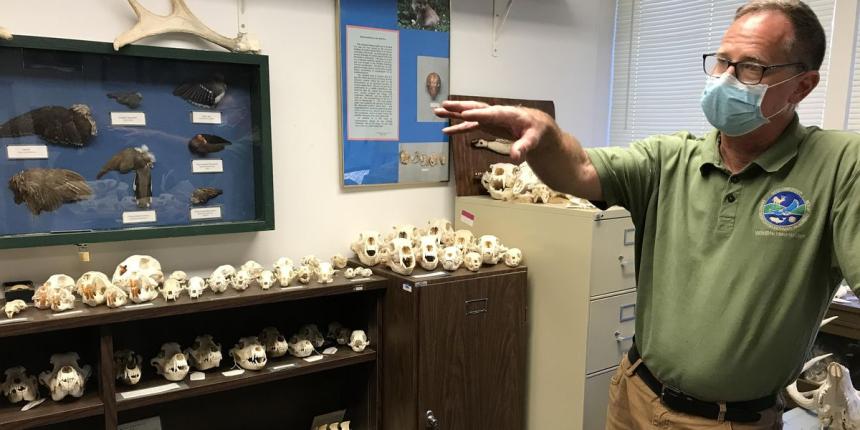
June 22, 2022
The effects of lead poisoning can vary depending on exposure, but they’re often devastating. Cornell wildlife ecologist Dr. Krysten Schuler notes that lead impacts every system in the body and that while eagles have been carefully studied, it’s likely that other animals are affected by lead poisoning too.

For Your Information
June 17, 2022
Anticoagulant rodenticides continue to be used across the U.S. as a method for controlling pest rodent species. As a consequence, wild birds of prey are exposed to these toxicants by eating poisoned prey items.

June 15, 2022
Cornell's Dr. Kathryn Fiorella seeks to ensure the health of fisheries by taking into account the nutritional and livelihood needs of the people who depend on them.

Video
June 10, 2022
At the end of a busy season researching how canine distemper virus affects Nepal’s tigers and leopards, our Wild Carnivore Health Specialist Dr. Martin Gilbert takes a break to recharge his batteries with the wildlife of Bardia National Park.
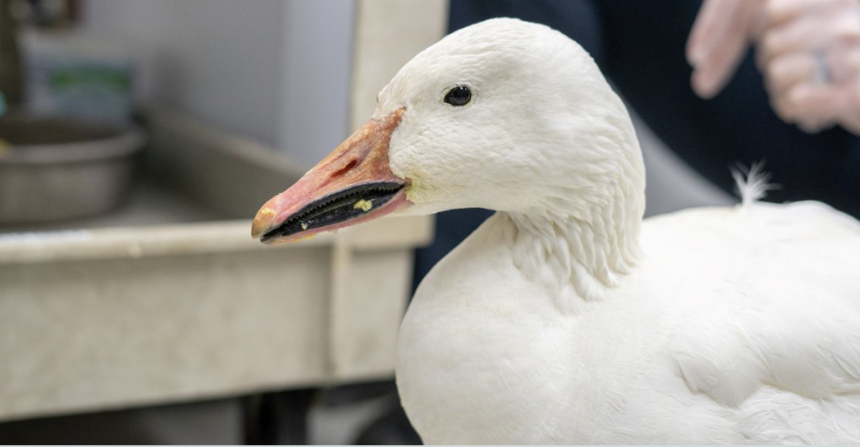
June 10, 2022
Each spring, large flocks of snow geese make their annual trek from the south back up to their Arctic breeding grounds. One goose’s journey was interrupted, however, by an increasingly common threat to wildlife — lead toxicity.
Video
June 10, 2022
This female snow goose came to the Janet L. Swanson Wildlife Hospital for lead toxicity. She couldn’t keep up with her flock on its migration north because she was too sick to fly. The Cornell team nursed her back to health and she was released back into the wild.

June 02, 2022
Raina Plowright, a world-renowned ecologist and epidemiologist who studies the mechanisms that drive the spillover of pathogens between species, has joined the College of Veterinary Medicine. Her transdisciplinary work demonstrates that preserving and restoring wildlife habitats can stop pathogen spillover by minimizing contact between infected wildlife and potentially susceptible livestock or human hosts.
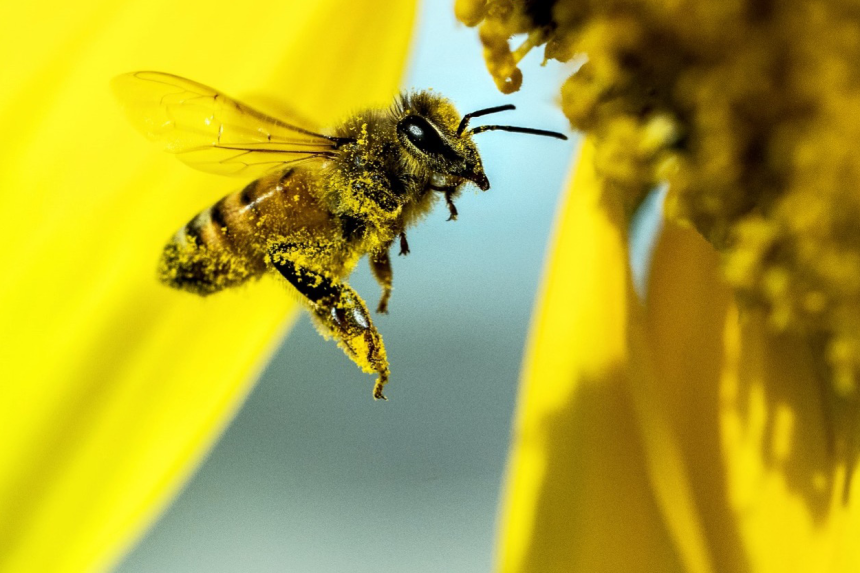
May 20, 2022
by
Karyn Bischoff (emeritus)
I have an affinity for bees. I came by it honestly: my grandfather was a beekeeper. Upon his death decades ago, I was allowed to take a few small keepsakes from his home; one of my choices was his beekeeping book, “The Hive and the Honey Bee, Edited by Roy A. Grout.” His copy was printed in 1954, but the history of the book dates a 101 years earlier (authored by Langstroth) and continued through 2015 (edited by Graham)....
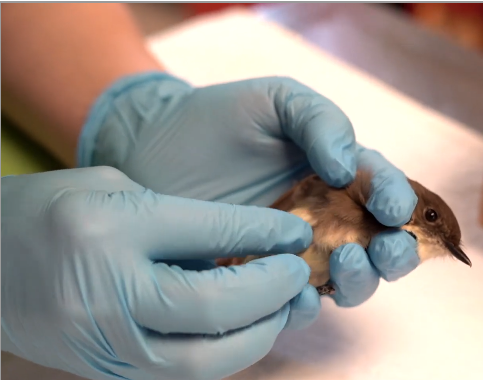
Video
May 17, 2022
An eastern phoebe songbird was found in a glue trap meant to capture insects and was taken to Cornell’s Janet L. Swanson Wildlife Hospital for treatment.
